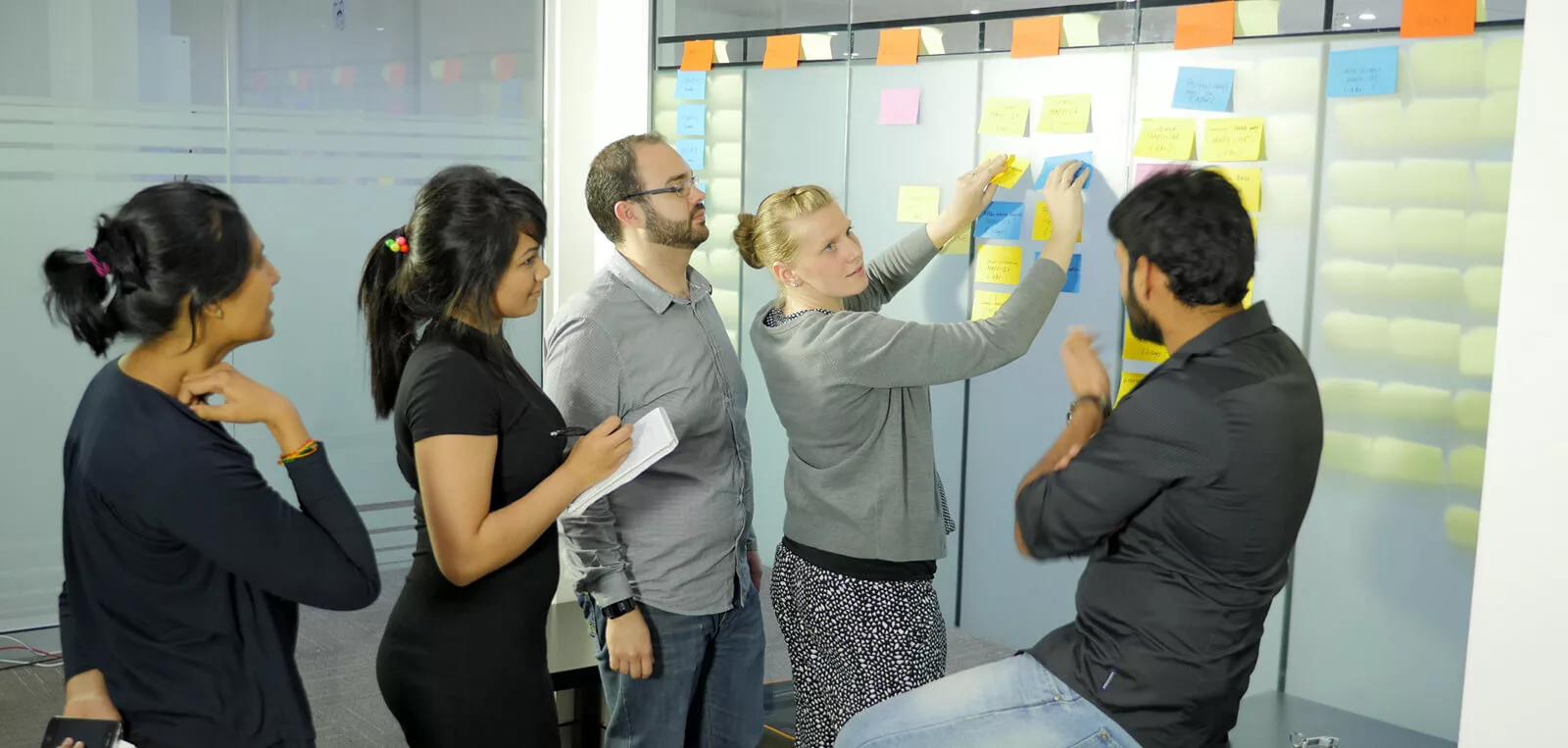Custom application development can offer significant advantages, especially when it comes to business process improvements and digital transformation. Yet many of our clients who have previously engaged external vendors, or outsourced developers, have had poor experiences. Below is a checklist for engaging a digital agency to develop a digital solution.
1. Too many promises where creativity overtakes what’s doable
Understanding what’s possible starts with scoping the project. Taking the time to sit down and define the business problem you want to solve before discussing creative solutions lays a foundation for success. For example, a common business problem is the need to improve business productivity. You can break this down into smart goals such as:
- Streamline internal communication.
- Improve workflow by reducing time consuming tasks.
- Respond more quickly to customer requests.
Smart goals are Specific, Measurable, Actionable, Relevant and Time-bound. Once you are sure which goals are your priorities, document these and communicate them to your digital provider, stakeholders as well as everyone working on the project.
2. Too many choices of technology
Technology is simply a tool to achieve your SMART goals. Your goals determine your choice of technology. Some technologies may be the latest emerging trends, but whether they are the right choice for your project comes down to factors such as their suitability, current environment, cost, scalability, ongoing upgrades and maintenance. Your digital provider can guide you towards the most cost-effective solutions for your project and your budget.
3. Budget, time and overall project management
Projects managers ensure that deliverables, benefits, and the processes by which they are delivered, meet stakeholder requirements and are fit for purpose. A successful digital solution is delivered on time and on budget.
Digital providers who don’t offer quality project management can blow out budgets, take too long and possibly not even deliver your requirements at all.
4. Tools to communicate and manage
Effective communication enables a team to collaborate with each other, with management and with clients. Creating a general communication plan and choosing the right tools takes some thought.
Ask yourself:
What kind of communication is required? (meetings, reports, etc.)
Who do I need to communicate with? (co-workers, stakeholders,
clients, etc.)
How frequently is communication needed?
Answer these questions to create a general communication plan that can guide the project through its various stages.
5. Common concerns about outsourcing
There are some disadvantages to outsourcing you need to consider:
- Losing Control: When you outsource your work to a third-party you obviously lose control of the tasks being performed. You should always keep a tab on their performance and opt for weekly meetings with your partner. This can be difficult with different time zones and work schedules.
- Hidden Costs: There are a wide number of options available in the market. You need to carefully read all the contracts before signing. Many of them incorporate extensive terms and conditions, hence it is important to consult a lawyer for expert advice.
- Loss of Confidentiality: Working with a third-party is a risk because you need to share sensitive information with people you don’t directly employ. Items like login credentials, database access and many critical details of your business can accidentally fall into the wrong hands. The risk is highest when you need to share the financial data.
6. Having the knowledge or getting help
The choice between engaging a developer externally or employing them in-house depends on your budget and the specialisation of the work. Do you have the skills to manage a developer in-house? Do you have time to manage this project alongside your business as usual (BAU) tasks?
If you decide to engage an external agency to develop your solution, we recommend you nominate someone internally who understands your requirements and owns the relationship with your chosen vendor. There are so many stages that need decisions and having someone who has the knowledge, the expertise and the mandate to deliver will help. Not providing a clear picture or access to the right internal team members can extend the timeframe or possibly cause some ‘assumptions’ to be made which may not be possible in the final solution.
7. UX before UI
Some developers make the mistake of developing the user interface before the user experience. There are several stages within the creative process which contribute to the user experience:
- Defining the project and initial scope of works
- User/market research
- User Experience design (UX)
- Wireframing and prototyping
- User Interface design (UI)
- User Interactions and animations
- Testing
While user experience design (UX) deals with logic, connections and user behaviour, user interface (UI) is the branded visual design of the app.
Developing a digital solution is a complex technical project. Although there are a few pitfalls to avoid, when it’s managed well, customised applications deliver outstanding benefits to businesses.
Follow our company page on LinkedIn to keep up to date with all the latest tech developments.

